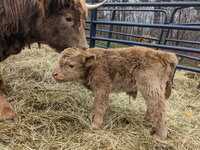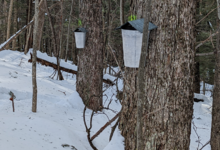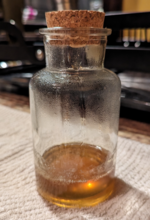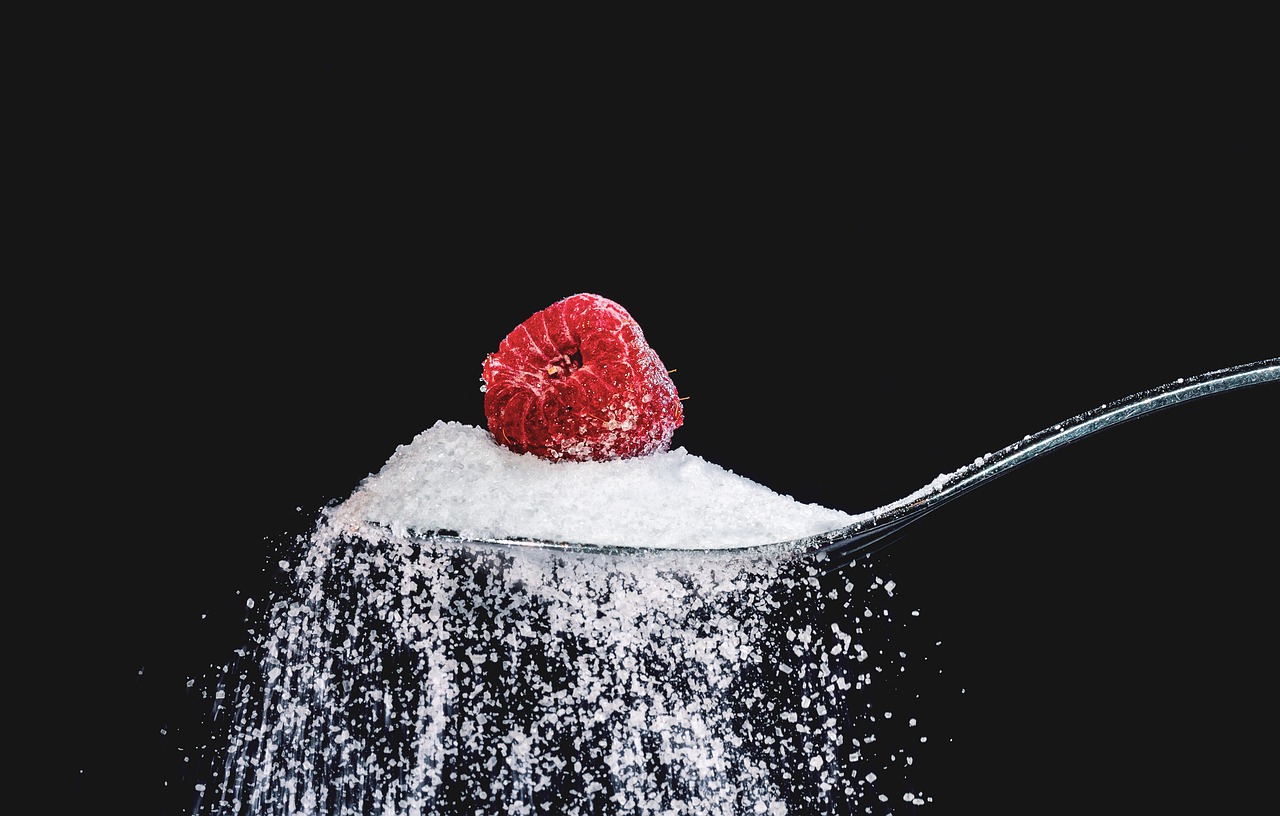I've got a Garden. It started as a 10' x 10' plot 22 years ago, and the footprint only stopped expanding in 2019. It's now a BIG garden, about 60 meters by 20 meters, not counting the Apple Tree section. It's all fenced to keep the deer and rabbits out, and I also plant Oregano and Habanero all around the garden perimeter to keep the critters out. At this point, the whole thing is a massive, 26" to 30" deep raised bed, as the ground here is basically solid clay. I used the basic ideas of Hügelkultur to start each section as an "organic materials lasagna" although the original materials are long rotted away, I've built more and more layers over it from large amounts of composted materials that come from The Eternal and Never-Done Compost Line. There's drainage and irrigation piping under the whole thing. Here's a picture of some stuff I grew.
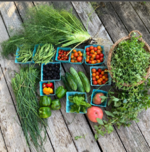
Here's what I grow:
:
Apples, Strawberries, Blackberries, Golden Raspberries, Red Raspberries, Blueberries, Asparagus
Oregano, Thyme, Rosemary, and Lavender. The berries took a lot of time and effort to get established and need protection from the birds, but are worth the trouble!
In varying quantities each year, from seeds I've kept over the years:
Tomatoes (2 or 3 varieties each year), Bell Peppers, Habanero Peppers, Jalapeño Peppers, and lots of Serrano peppers.
Many years I grow Garlic and Onions, using produce I get from the grocery store. Works great.
There's Italian and "Classic" parsley, Cilantro, Dill, and I'll mess with other herbs from time to time.
There are several varieties of Cucumbers every year, and we make pickles. We grow two varieties of peas, of course, there's always at least ONE Zucchini plant. Acorn squash is a regular.
Each year, there are all the leafy greens (Spinach, Kale and a random collection of Lettuce varieties). I typically grow a fairly large amount of Basil each year in several varieties.
Lots of various Green beans. Some years, I grow a lot of Black Beans or Kidney Beans (I buy the dried beans at the grocery store, soak them for a few days, plant them and that's about all it takes. They are insanely prolific growers.)
Been growing long-neck winter squash for several years now, all starting from a store-bought one that volunteered out of the compost pile. Last year, we got some nice big orange pumpkins that volunteered outside the garden, I did absolutely nothing to grow them, and that worked out well.
I've tried - and failed - to grow watermelon several times. Absolutely no idea why, other melons grow, just not watermelon. Same goes for Broccoli. And...as impossible as it seems - any variety of Potato. How can you fail to grow potatoes? I've tried multiple methods, always tiny, stunted crops.
In some years, we have a flock of 4 to 6 chickens, which I will let lose in the garden in the spring to clean up any grubs and stuff I don't want in there. They are also occasionally called in for Japanese Beetle duty, and they learned to chase and eat spotted lanternfly nymphs, which was good. The last flock was killed by a predator (my mistake, didn't close the door one night) but I am going to start a new flock in the spring. I've also raised chickens to eat and process them here at home, a task that is both unpleasant and rewarding.
While things are usually good with the stuff I grow, I still am very certain I have no idea what I'm doing. There are times I will have things just...die...and I can't figure out why. It took 10 years to convince Blueberries that it was OK to grow here, while the other berries took off. Some years the "easy" crops like Basil struggle. I remind myself each year that if I had to live off this garden, we'd be dead of starvation, but I think this season (2023) I'm going to start working on some approaches to dealing with climate change and its effects on my growing season, which is now far too wet in the spring. I would LOVE a big greenhouse someday.

